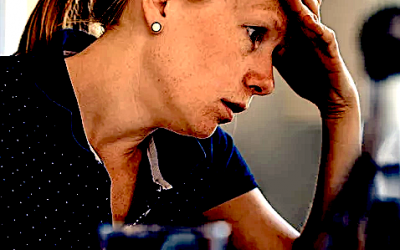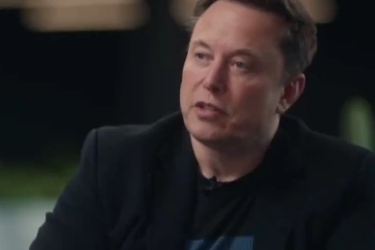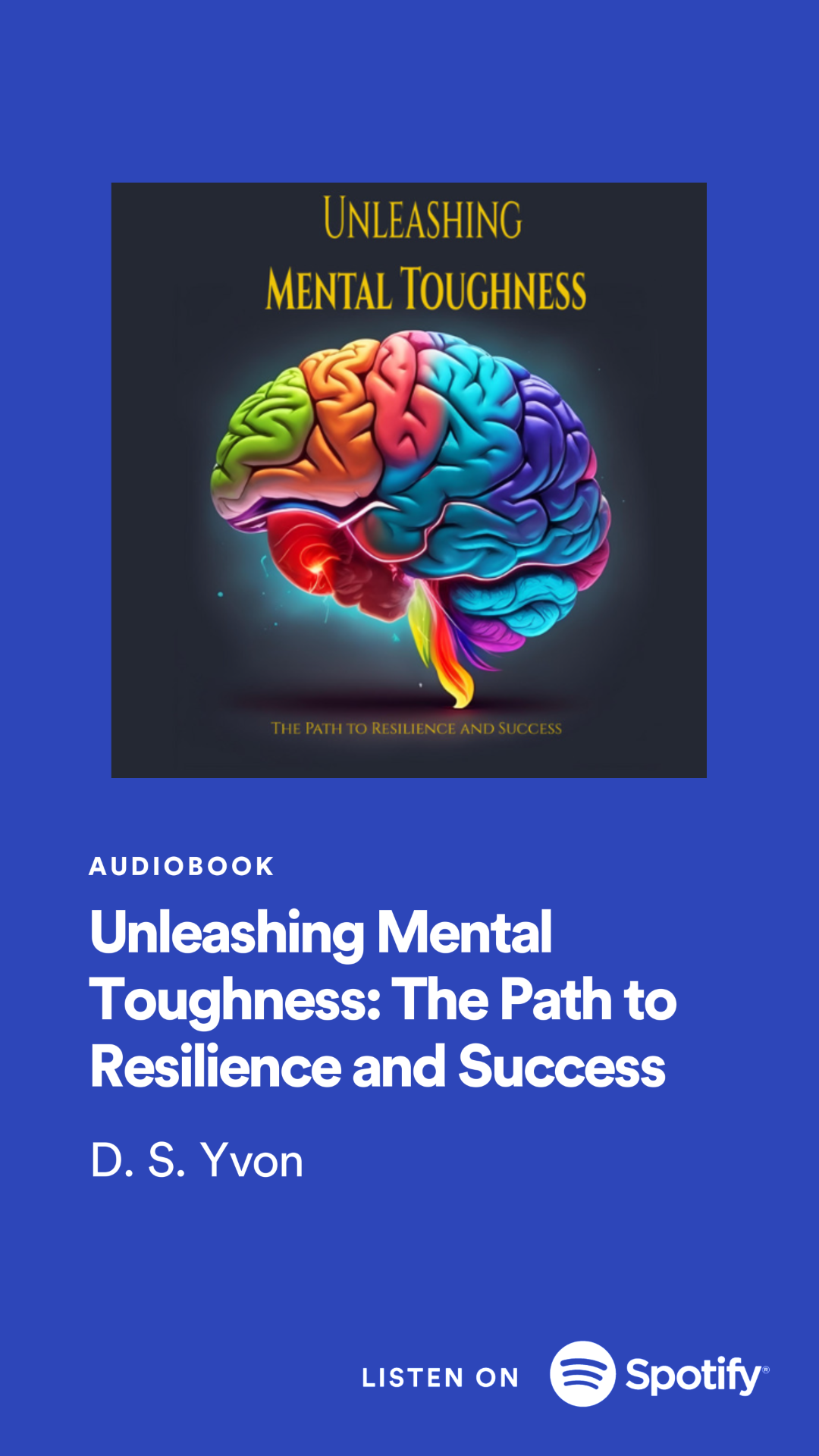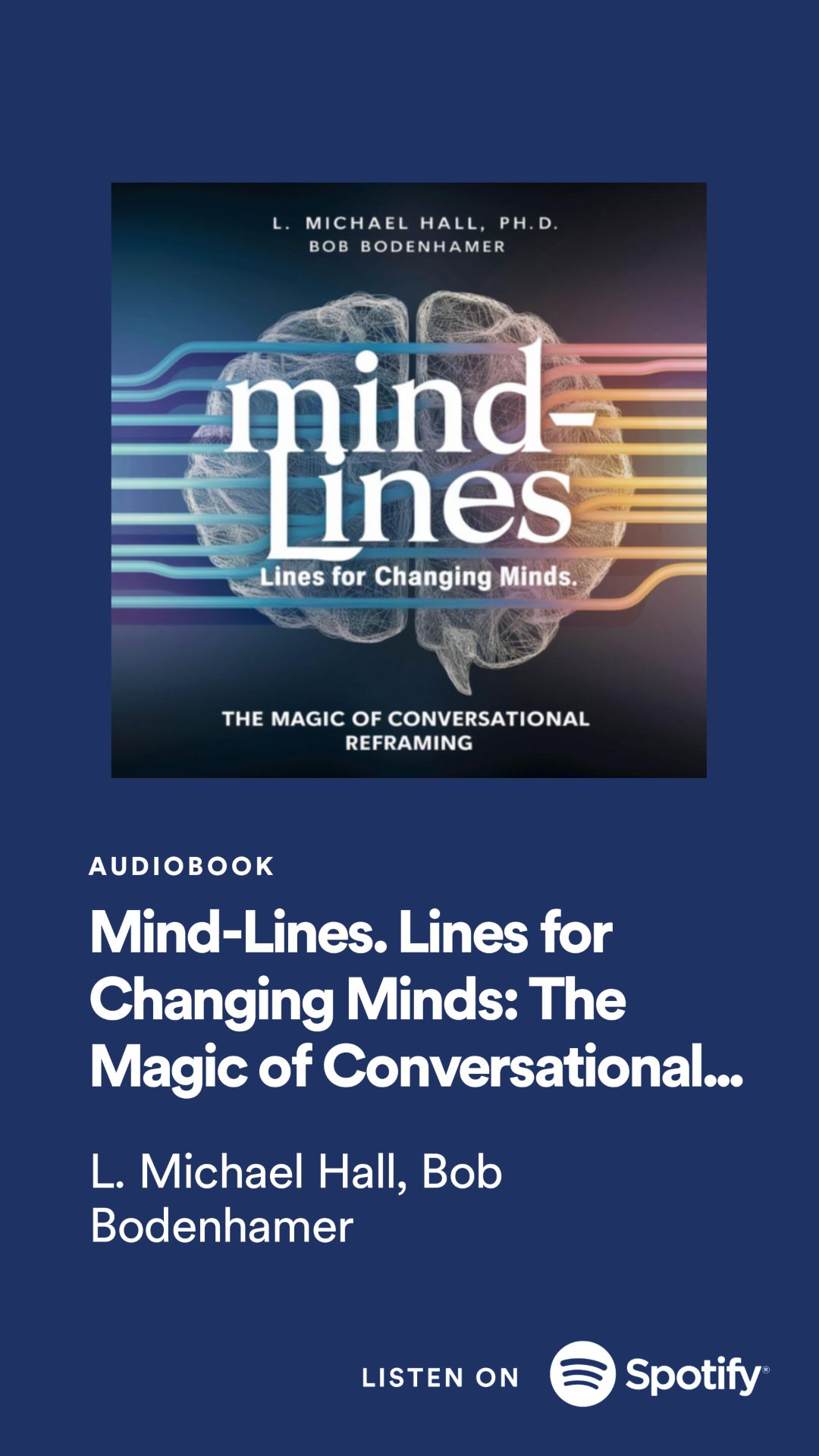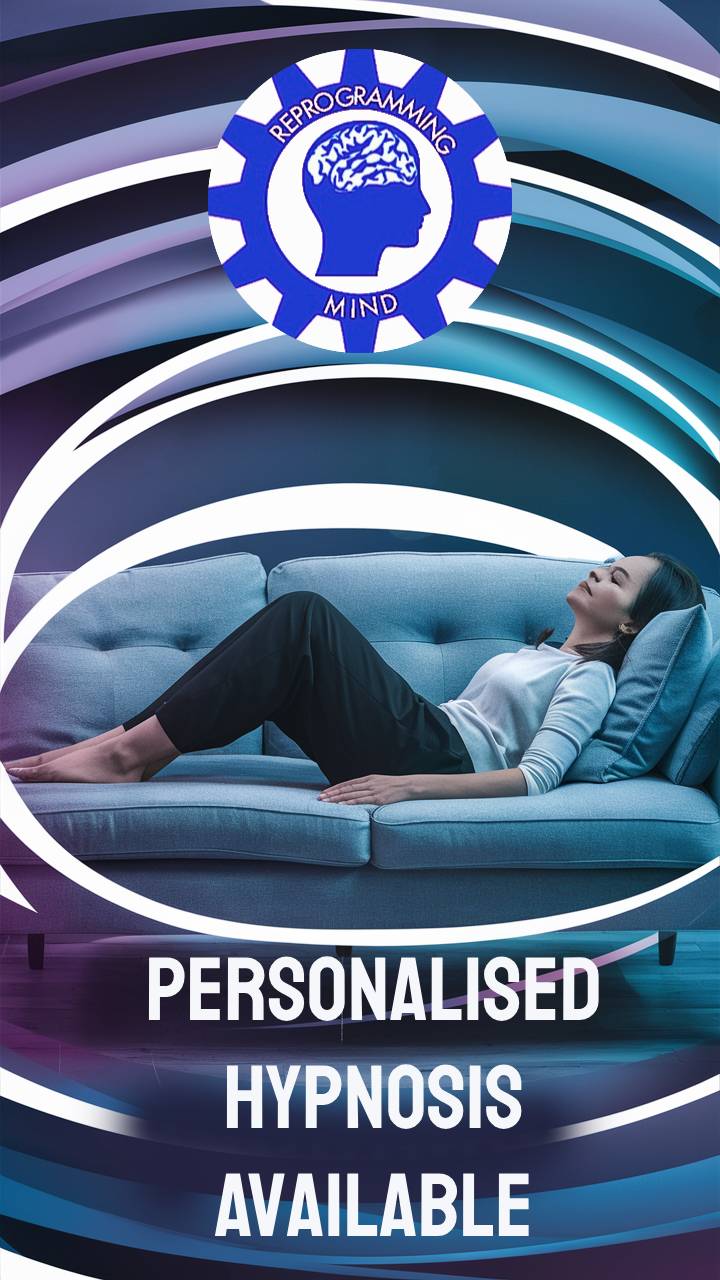Young women have become increasingly liberal and supportive of feminist causes, driven by a desire to address ongoing injustices such as gender-based violence, restrictive abortion laws, pay gaps, and disproportionate household and childcare responsibilities. They perceive that much work remains to be done to achieve true gender equality, and they are determined to push for change.[1]
On the other hand, a substantial portion of young men have adopted a more conservative stance, vocally opposing feminist ideals and expressing resentment towards what they perceive as a threat to their opportunities and traditional gender roles. This backlash against feminism is particularly strong among young men who feel their future prospects are being undermined by women's progress in the workplace and society.
The Education Gap and Its Consequences
One of the key factors contributing to this divide is the education gap between young men and women. In many developed countries, women have surpassed men in attaining tertiary education, with a higher percentage of young women earning bachelor's degrees compared to their male counterparts. This disparity in education levels has led to differences in attitudes and experiences.
Educated women are more likely to embrace liberal and egalitarian values, while men with lower educational attainment may feel threatened by women's advancement and cling to traditional gender roles. Additionally, the dating and relationship dynamics have shifted, with educated women often finding a limited supply of like-minded, liberal male partners.
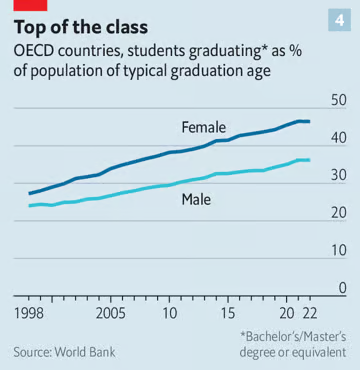
The Role of Social Media and Echo Chambers
Social media has played a significant role in exacerbating the polarization between young men and women. Online echo chambers allow like-minded individuals to reinforce and amplify their beliefs, often leading to more extreme positions and misogynistic rhetoric among frustrated young men.[1]
Furthermore, algorithms on social media platforms tend to prioritize content that evokes strong emotions, such as fear or outrage, potentially distorting perceptions of reality and exaggerating the risks or injustices faced by each gender.
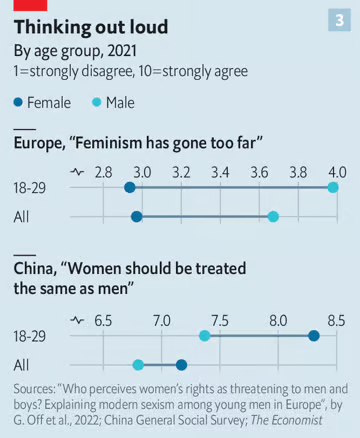
Political Exploitation of Gender Grievances
Some politicians on the right have capitalized on the grievances of young men, cultivating an image of masculinity and virility while portraying themselves as defenders of traditional gender roles. They have tapped into the resentment felt by some young men towards feminism and women's progress, offering a narrative that resonates with their concerns.

In contrast, the political left has struggled to effectively engage with young men's issues, often dismissing or overlooking their legitimate concerns and inadvertently pushing them towards online communities that reinforce anti-feminist sentiments.
Addressing the Underlying Issues
To bridge the growing gender divide, policymakers and educators need to address the underlying issues that are driving young men and women apart. This includes improving educational outcomes for underperforming boys, introducing more male teachers, and providing vocational training to prepare young men for traditionally female-dominated occupations.
Additionally, efforts should be made to foster open dialogue and understanding between the genders, acknowledging the legitimate concerns and challenges faced by both sides without resorting to labels or dismissive rhetoric.
By addressing these root causes and promoting mutual understanding, societies can work towards closing the gender gap and fostering a more inclusive and equitable environment for all
Everything to Know Before Buying an Oura Ring
The...
Top Audiobook Recommendations of Elon Musk.
Elon...
How to Learn Better: A Review of “The Science of Rapid Skill Acquisition”
Learn...
Achieving Healthy Hair: Preventing Hair Loss and Promoting Hair Regrowth
Preventing Hair Loss:
Stress Management: Practice stress-reduction techniques like meditation, yoga, or deep breathing exercises, as chronic stress can contribute to hair loss.
Scalp Care: Keep your scalp clean and free from excessive oil, dirt, and product buildup to maintain a healthy environment for hair growth.
Avoid Hairstyling Damage: Minimize hairstyles that pull tightly on the hair, such as tight ponytails or buns, as they can cause traction alopecia.
Protect from Environmental Damage: Shield your hair from harsh environmental elements like sunlight, pollution, and chlorine by wearing protective headgear or using appropriate hair products.
The Evolutionary and Psychological Challenges of Stock Trading
Stock...
Everything You Need to About Short Term Memory But Forgot to Ask
Short...
Why so Many School Shootings? The Tragedy of School Shootings in America: A Look into the Deadliest Incidents and the Minds Behind Them
In...
Ways to Impact Your Business with AI: Transforming Industries and Operations
If...
What is a “Woke Mind Virus”: Unpacking a Concept in Modern Discourse
In...
Summary of Elon Musk & Dr Jordan Peterson interview – The Woke Mind Virus is a Threat to Civilization
In...
The 5-Day Re-Invent Meditation Retreat in Sedona, Arizona
Nestl...
What are Valuable Skills to Build Now and For the Future?
The...






